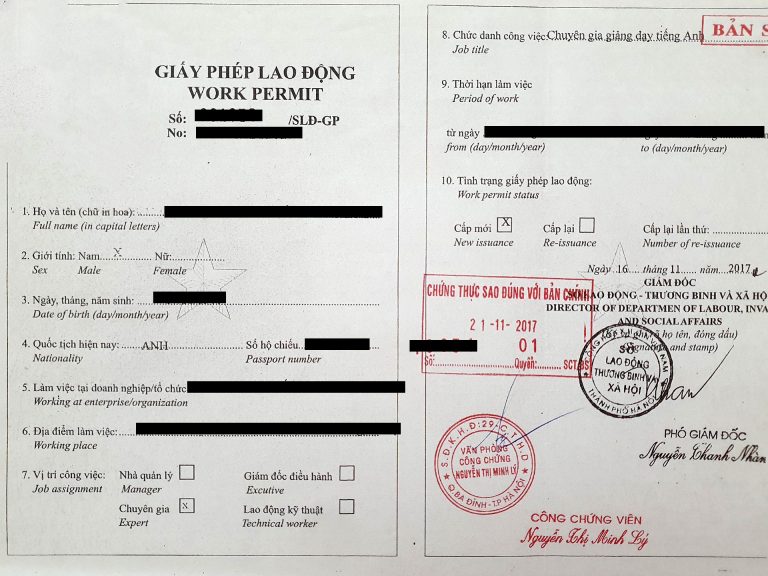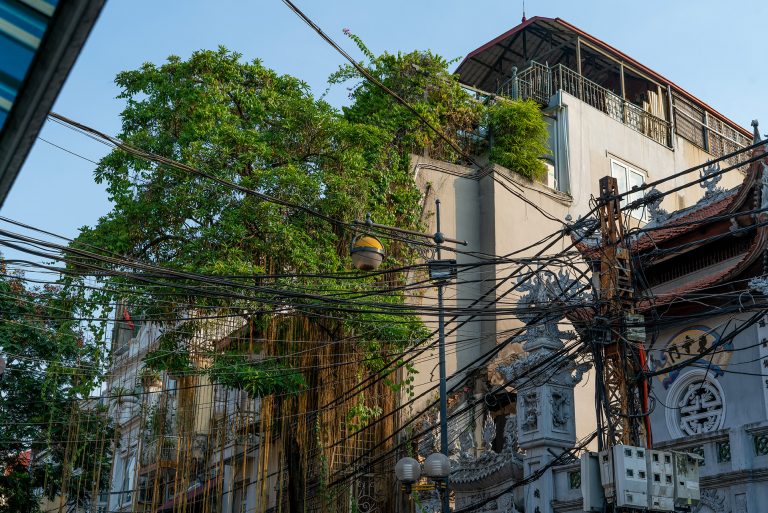Find an ESL Job that Suits Your Personality
Vietnam’s economy is growing quickly, and the demand for English teachers and the ability to pay for them have never been higher. What this means for you as a teacher is that you should have plenty of options when you arrive. It’s a seller’s market, so you have the freedom to take the time to choose the right job for you rather than rushing into a position that doesn’t pay well or doesn’t suit your personality. This article is intended to help you make the best of your time working here.

Private English Teaching Work and the Focus of This Guide
Many English teachers here supplement their income with private lessons, which they organise either through Facebook or in cooperation with local contacts they make, say, in their day jobs. They usually conduct these lessons at their apartments, at coffee shops or at small classrooms they rent out on an hourly basis. Private work can be a great option if you want to make a little extra cash, especially a little further down the line when you’ve got the lay of the land and have made a few local contacts.
In this guide, though, we’ll be focussing on jobs with language centres because they employ the majority of foreign teachers. Basically, all language centres here do in-house lessons but many of the larger ones also have contracts with kindergartens and public schools. Kindergartens and public schools make up a lot of the demand for ESL teachers here, but since they haven’t the infrastructure to employ them directly they prefer to use established language centres as intermediaries.
Don’t Get a Job Before you Arrive
It’s understandable that you might want to have things in order before you arrive: after all, moving to a new country can be pretty intimidating. But if you agree to a contract and enter Vietnam on an invitation letter from a particular employer and then find out the position isn’t right for you, you’re stuck. Much better to arrive on a tourist visa, contact a bunch of companies and go from there—there are plenty of opportunities waiting for you. Bear in mind that most language centres in Vietnam don’t have much of an online presence, and very few employ teachers who aren’t already in the country.
Be Careful of Recruiters
It’s generally not a good idea to accept a job from a recruiter. You’ll find them on job boards, websites and Facebook, but you should avoid them. Here’s why it’s better to secure your job directly:
- Recruiters might promise to act as an intermediary between you and your employer but the reality is that this isn’t needed. All English centres here have English speaking staff who will be able to liase better with you.
- Recruiters are paid a finder’s fee for finding you, and this will almost always be taken from your wages.
- Once your recruiter has been paid its finders’ fee, the likelihood of them helping you, say, with contract or salary disputes, is very low—they’ve already got their money.

Be Careful of Bad English Centres
There are plenty of good English centres in Vietnam which work hard to provide their students with a good education and their staff with good pay and conditions, all while making a profit. But there are a few bad ones, too. Here are some things to look out for:
- Don’t rush in to things. Take your time, and feel free to take your contract home instead of agreeing to it on the spot. Read your contract carefully.
- You’ll hear the occasional story of teachers not being paid on time or at all, or being asked to cough up a lot of money to pay for work permits, health checks, police checks and residency cards.
- A monthly salary might sound good and secure, but there’s a chance you’ll be worked too hard. Hourly pay is the standard here, so if you take salaried work be sure to check for clauses on overtime and a maximum number of teaching hours in your contract.
Most of these problems can be avoided if you do a little research on prospective employers before you sign with them, and read your contract carefully before you sign it. In the list of useful links at the end of this article you’ll find a list of Facebook groups which’ll help you research prospective employers.
Be Careful of Having to Pay for Your Own Work Permit and Residency Card/Visa
In trying to teach legally and remain compliant with the law, some number of teachers find themselves having to pay for their own work permits, residency cards and visas, either up front or out of their paypackets. Whether or not you do this is between you and your employer, but bear in mind that many employers are willing to cover all these costs themselves. What you should definitely watch out for, though, is the costs of these things being inflated by unscrupulous language centres and amounting to hundreds and hundreds of dollars. Of course, this is quite rare and the way to avoid it is, again, to research your employer as best you can before signing your contract.

Be Careful of Included ‘Benefits’
Some jobs might offer a place to stay or a motorbike in exchange for a slightly lower salary. This usually isn’t worth it: most people would prefer to have a choice when it comes to accommodation and the price of renting a motorbike here is negligible.
Be Careful of Being Offered Help Finding an Apartment or Motorbike
When you find a teaching job in Vietnam, a member of staff at your new job might offer to help you find, say, an apartment or a motorbike if you haven’t already got one. In some cases, though, this staff member will be working on commission, commission which will increase the cost for you. You’ll usually get a better price on these things if you source them yourself, intelligently. If you’d like to find out more, you should check out our tips on finding an apartment in Hanoi; these tips apply to pretty much any city in Vietnam.

Find a Teaching Job in Vietnam: Hiring Season
If you’re looking to work in a public or international school, the best time to look for a job is Summer, before the new school year begins. This means beginning your search in July or August. Private work and work in language centres is available pretty much all year round except during Tet, or, Lunar New Year, which takes place for about two weeks in late January/early February. Tet is the most important holiday here, like Christmas in the West, and Vietnam pretty much shuts down around this time.
Decide What Kind of Job Do You Want
Again, there are many, many English teaching jobs here, so when you start applying you should get plenty of replies. You’ll likely be called in for an interview, a demo lesson or both and if they’re happy with your performance they’ll make you an offer there and then. But you should consider the type of work you want to do and the contract you’re offered before you make a decision. Here are a few questions you might want to ask yourself:
- What wage would I be happy with?
- Do I want to work in a language centre or a public school?
- Would I prefer a 9 to 5, or to work evenings and weekends?
- What age and level would I like to teach?
- How many hours do I want? A schedule that allows me to save a lot of money, or just a few days a week so I can socialise and explore?
Our article on the different types of ESL teaching job in Vietnam gives a solid overview of the different types of work available here, and the different salaries, working hours and other conditions they provide. Deciding what you’re looking for before you start looking for a job should help you search a lot more efficiently.
Contact Employers Directly
Cut out the middleman: don’t deal with recruiters. Here’s how you should search for prospective employers:
- Job boards like Vietnamworks have postings on them pretty much all year round. Make sure the advertisements you reply to are from real language centres rather than recruiters.
- Facebook is how most centres recruit and how most teachers get hired. Join groups like Hanoi Massive and Expats in Hanoi.
- Don’t be afraid to just turn up at a language centre dressed well, CV in hand: most centres are hiring throughout the year. The best time to do this is probably in the morning or the middle of the afternoon on a weekday, since evenings and weekends are their busiest times.
Again, you might want to check out the list of useful links at the bottom of this article. There are some really helpful websites and Facebook groups listed there that’ll help you get started.
- What wage would I be happy with?
- Do I want to work in a language centre or a public school?
- Would I prefer a 9 to 5, or to work evenings and weekends?
- What age and level would I like to teach?
- How many hours do I want? A schedule that allows me to save a lot of money, or just a few days a week so I can socialise and explore?
Read Your Contract Carefully
Read your contract carefully. Then Read it again. Here is what a qualified teacher should expect from his or her full time contract:
- $20 to $25 an hour.
- A minimum number of guaranteed teaching hours (say, 18 hours a week).
- A contract completion bonus of some sort. (This is usually done to ensure you stay to the end of your contract and might amount to, say, $150).
- Health insurance for the duration of the contract.
- A work permit and residency card (or business visa if your contract lasts only a few months), and the health check required in order to apply for them, paid for at least in part by the employer.

Find a Place That’s Right For You!
Decide what you want and don’t sell yourself short. While there are a few employers here who are out to take advantage of people, there are loads of fantastic ones, too. Find one of them!
Useful Links for Looking for an ESL Teaching Job in Vietnam
Below you’ll find some links that should help you get started with your job search. You’ll notice that the majority are Facebook groups, and there’s a reason for this: Facebook is huge in Vietnam, and having it makes everything easier. It’s not uncommon here to see an 80 year old grandmother updating her status on her brand new Iphone—that’s how popular it is! The groups below are all pretty useful, but a quick search will reveal plenty more.
ESL Job Websites
Vietnam Teaching Jobs: Vietnam Teaching Jobs has postings from many of the larger employers. It’s pretty useful for simply getting an overview of the current job market, too.
Vietnam Works: You’ll see all sorts of jobs being advertised on Vietnam Works, but there are plenty of ESL jobs.
Hanoi Facebook Groups for Job Hunting and Researching Employers
Hanoi Massive Community: This one’s focussed on Hanoi and the surrounding area, and was designed for locals and expats to help one another. It’s good for job hunting, and even better for researching companies.
Hanoi English Teaching Jobs: This one’s been around for a while. A lot of schools and English centres advertise on it.
Hanoi Teaching Jobs: This one’s pretty good, too. It’s run by a group of ESL teachers who moderate it pretty well.
Ho Chi Minh City Facebook Groups for Job Hunting and Researching Employers
Expats in Ho Chi Minh City: The HCMC equivalent of Hanoi Massive Community. Huge number of members. Again, great for finding work and even more useful for researching prospective employers.
Expats & Locals in Ho Chi Minh City: Another well-populated group.
English Teaching Jobs in HCMC Vietnam: This one is moderated pretty well, with posts from many of the city’s best ESL employers.














